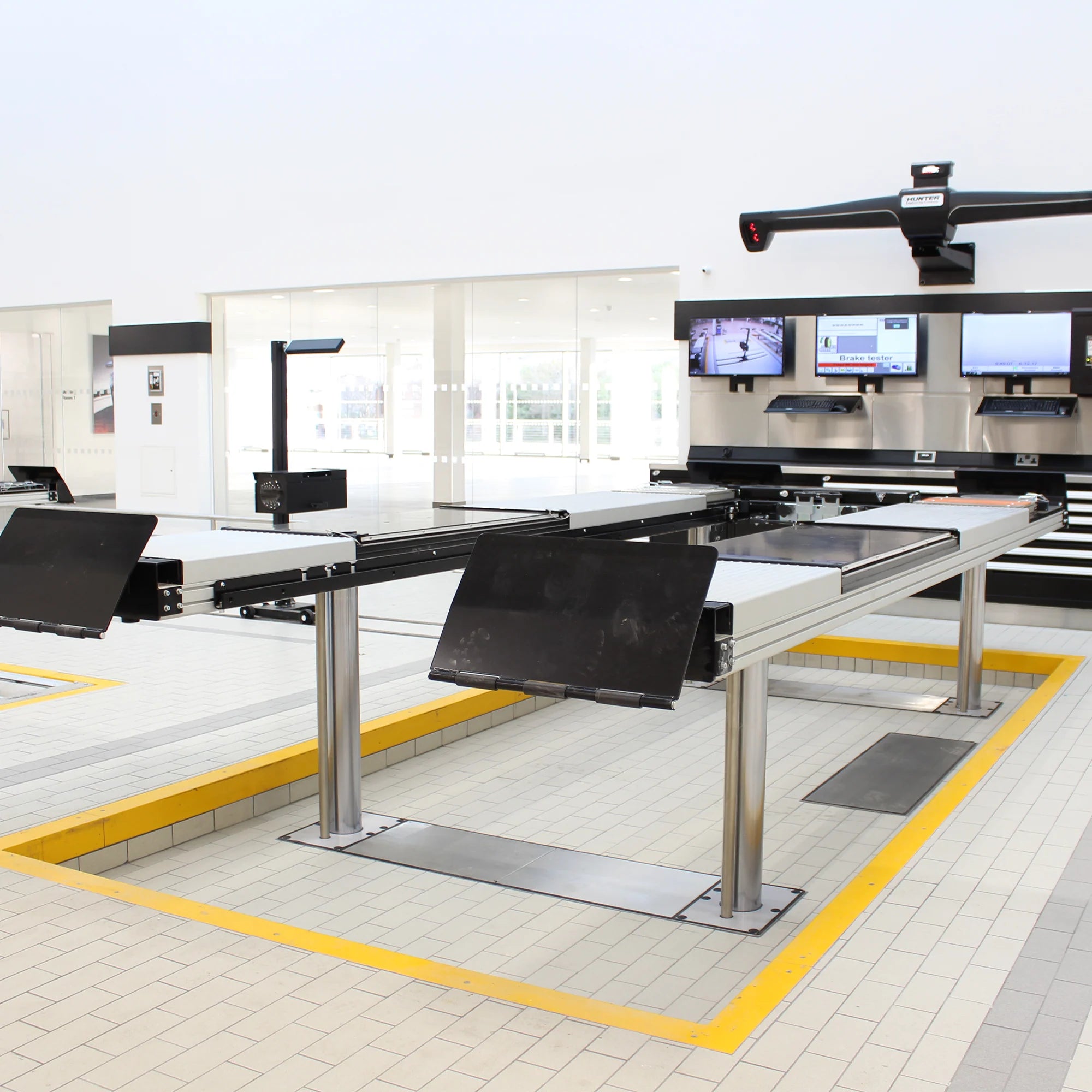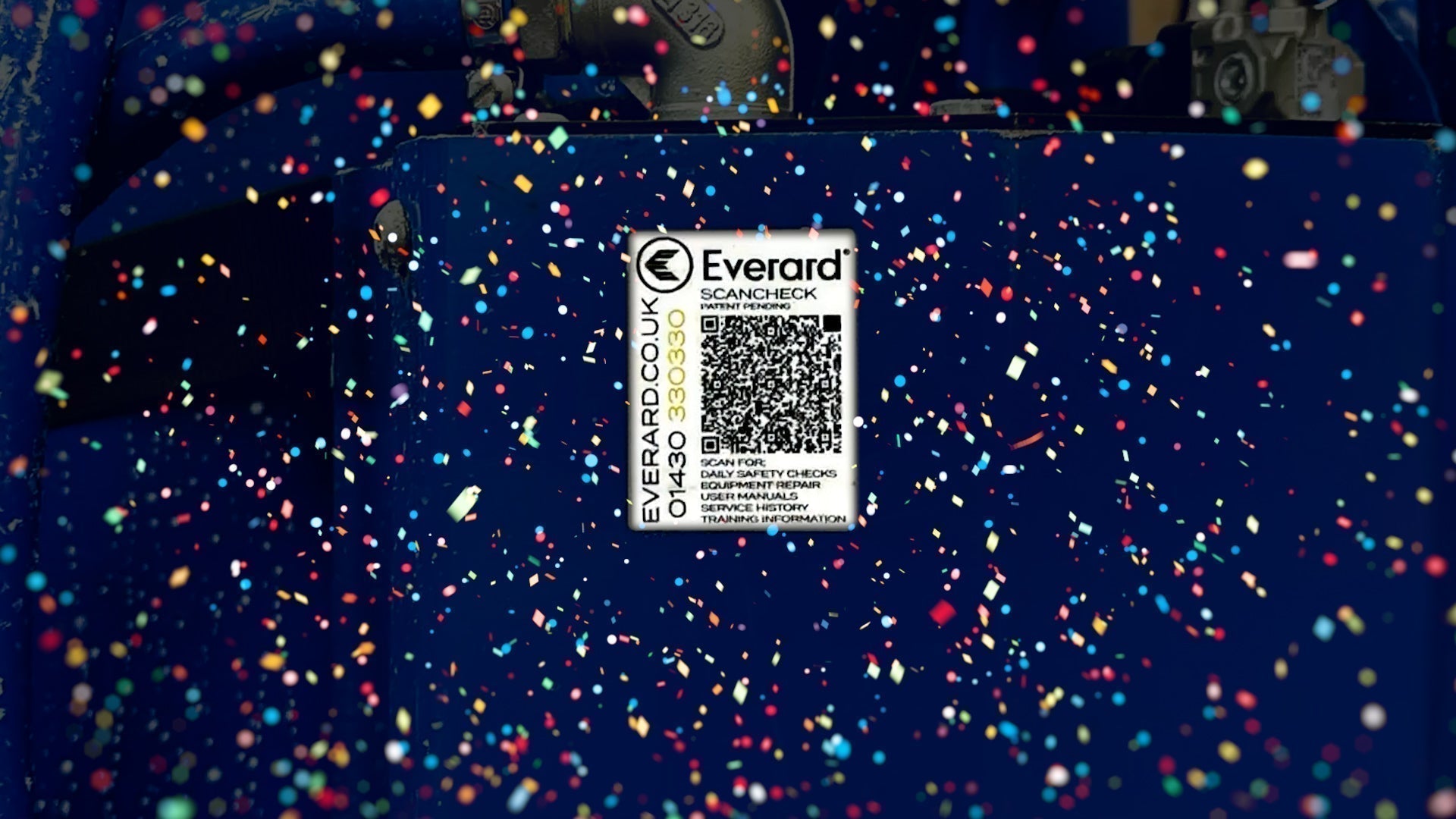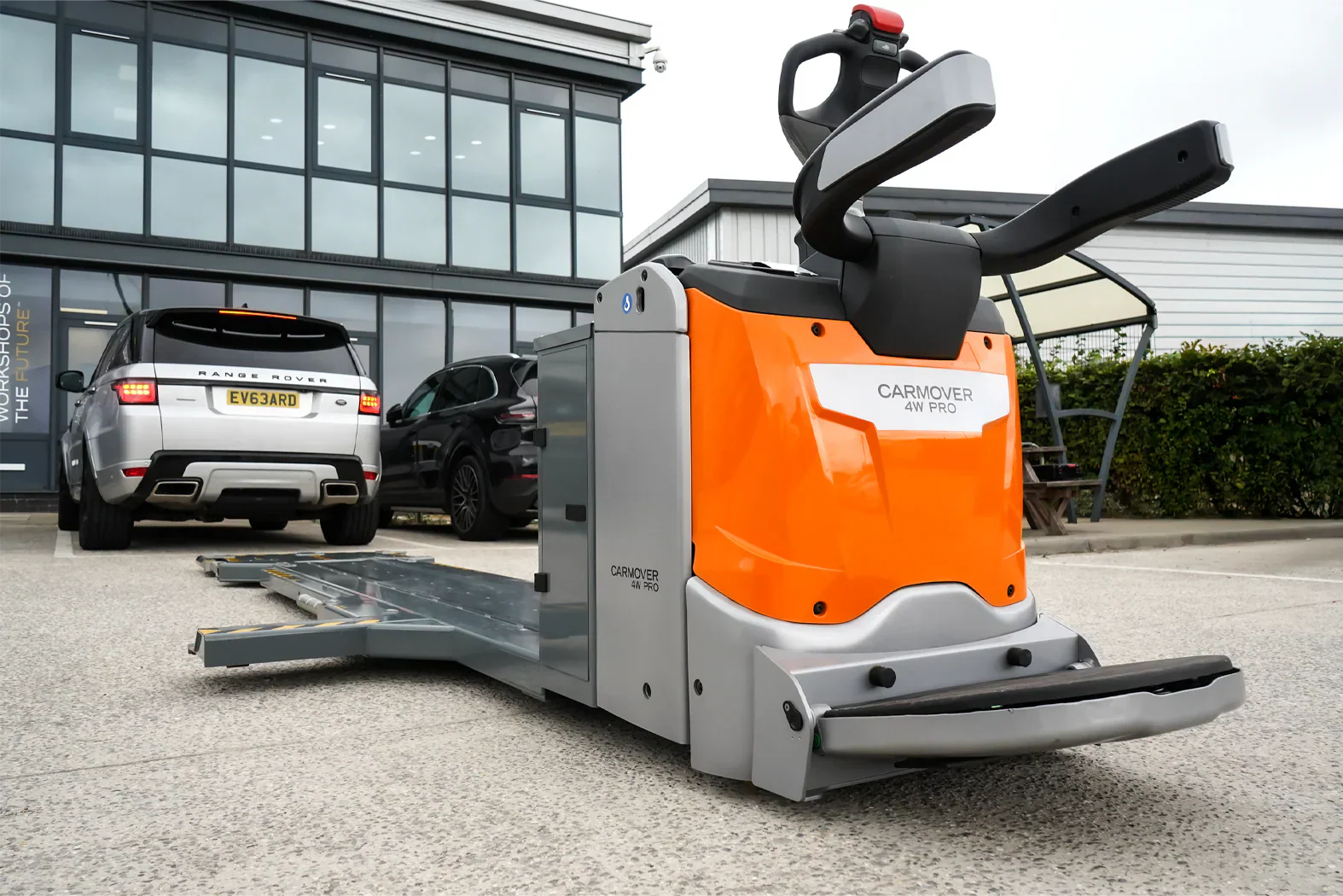What do Workshops Need to Service Electric Vehicles?
The UK Gov has announced that the sale of all new UK petrol, diesel and hybrid cars (including plug-in hybrids) will be banned from 2035 rather than 2040 as previously proposed (possibly earlier). This changes the game considerably for garages, workshops and services centres and the equipment they will need to cater for the vehicles of the future. Right now, being able to service electric vehicles is a big draw due to niche value, but this will be essential in only fifteen years’ time.
While engineer training will be essential and investing in knowledge paramount, the garage equipment needed to service and care for the new generation of electric vehicles is an investment we can’t ignore. Investing now, embracing the new electric trend, is a fantastic opportunity. Being able to service electric vehicles in the current political and social climate sets any independent garage, service centre or auto workshop apart and is an obvious magnet for work and an investment for the future. What, however, do we need and what’s the difference in the workshop design of today?
Workshop plugs and specialist sockets
Right now, all our new installations come with 32amp Commando Sockets as standard. It’s simple future-proofing ready for the immediate or future installation of EV charging points.
Electric vehicle extraction
Unlike their fossil fuel predecessors, all-electric vehicles produce zero direct exhaust emissions. Right now, we are considering extraction not just for engine fumes, but also for battery fumes and hydrogen extraction. Battery fumes can irritate the sinuses, can cause severe skin burns and may cause difficulties breathing if inhaled. Damaged batteries can burn the eyes and even cause blindness. Extraction, particularly emergency automatically triggered extraction, will still be a part of the garages and service centres of tomorrow but will be very different from the fume hoses of today.
Workshop lifting equipment
Right now, electric vehicles are likely to weigh around 20-30% more than their fossil fuel counterparts, mostly due to the weight of their batteries. This, combined with the necessary under-car access for battery removal, means a new generation of specifications required for lifting equipment. Many manufacturers have already released specific requirements and specifications for minimum access and weight distribution, specifically for their new electric vehicles and their maintenance. Space around the lift and safety access are more important than ever. Naturally, these are standards we’re now adhering to at the design and costing stage of the workshop design process – especially for the AM Top 100 service centres that we are designing now, ready for 2035.
Workshop access is critical
Current electric vehicles operate at up to 650 volts (DC). Any DC voltage above 150 volts is considered hazardous to the mechanics and engineers working on the vehicles and 650+ volts is likely to be fatal. As such a large part of the modern EV workshop is insulation and – in case of fire or discharge – immediate access is critical to remove the vehicle from the workshop. This may be, out of necessity, by fire safety professionals or by EV mechanics. Workshops have the very real dangers of stored electrical energy and explosive gasses to deal with, with the potential to cause fire or an explosion. Access to the outside world is critical so that any vehicle can be removed from the workshop safely. This is something we are designing and hard coding into our designs. We are future-proofing our garage installations – from the drawing board – for the changes to come.
Workshop space is now even more important. Increased access to the vehicle is essential when working with volage and bulky batteries, with minimum standards and distances critical.
Specialist wheel alignment
Wheel alignment will be essential in the future. Correct wheel alignment promotes range and efficiency, and this will be a big customer draw in the years to come. Getting a customer an extra ten miles per charge is the new fuel-efficiency tuning. Accuracy and repeatability will be key factors. Investment in the best – roll on roll off assessment leading to upsell – will be a big money-spinner for dealerships and independents alike. Offering wheel alignment will be key in securing EV business.
Tyre equipment, capable of maximum throughput and precision balancing, will be even more important. EVs use tyres more frequently than their fossil-fuel counterparts due to mass, torque, rolling resistance and sometimes unusual tyre size. In some of the more high-performance electric vehicles, driven hard, it’s possible to wear through a set of tyres in 8,000 to 12,000 miles. Handheld or drive-over, tyre tread reading systems will be great for tyre upsell and customer reassurance. Having tread measurement as a part of the process, highlighting any issues automatically, will pay for itself in no time if we help the customer understand the importance of tyre wear to range.
Considering ADAS calibration
Most electric vehicles will need some form of ADAS camera calibration. Catering for this now with the right rig and space for equipment is going to save a lot of the hassle out of moving vehicle lifts in the future. ADAS calibration is also a great money-earner, with an estimated 40% of vehicles on the road containing at least one Advanced Driver Assistance System (ADAS) by the end of 2020. Looking at ADAS now, and being able to establish yourself as able to offer calibration services, is becoming more and more important.
Workshop redesign services
More and more clients are coming to us to find out how we can redesign their existing garage spaces to accommodate challenges facing busy workshops that are already at capacity. This is something we work closely with the client, constructors and their architects to achieve now – ready for the future – where older workshops, designed for fossil fuel vehicles, need to find space and access to adjust to the new EVs and their requirements to access a new revenue stream and to be ready for 2035.
Our specific designs are based on vehicle make and type, using information and standards provided by the manufacturer, for a full range of workshop tasks involving that particular type of vehicle. We can help with the complete workshop package, from safety railing and insulated tools to accommodation of safety standards and increased access and lift capacity. The future is interesting, and we’re ready for the challenge. There is so much to consider now for the automotive workshops of tomorrow. Is your workshop ready? If you’d like to discuss electric vehicle maintenance further or want to discuss the sales/upsell potential of offering wheel alignment or ADAS systems in the UK, give us a call on 01430 330330 and have a no-obligation chat with our experts.




